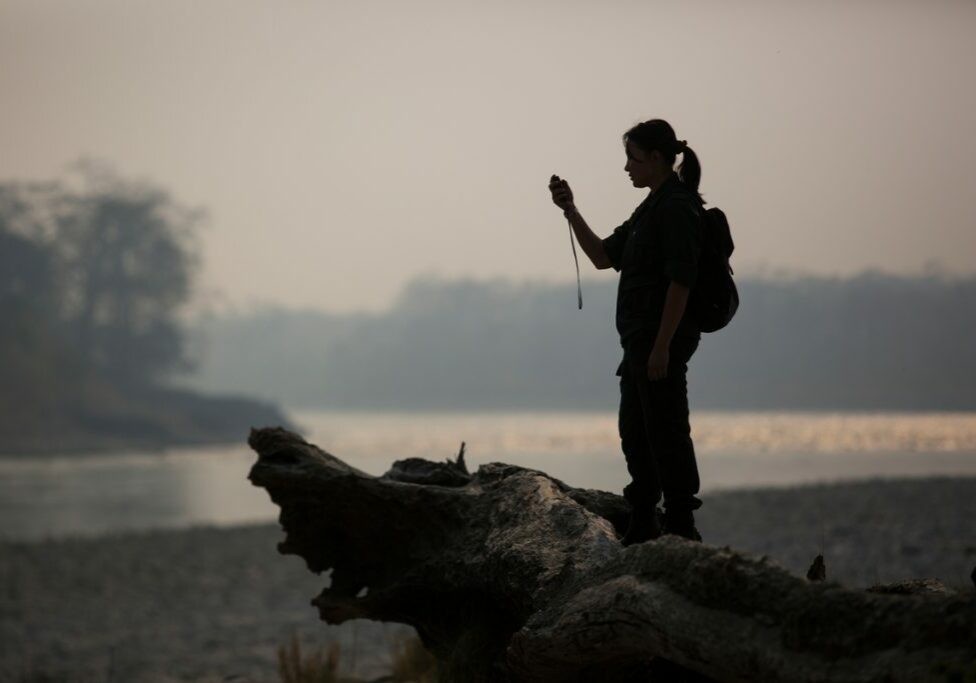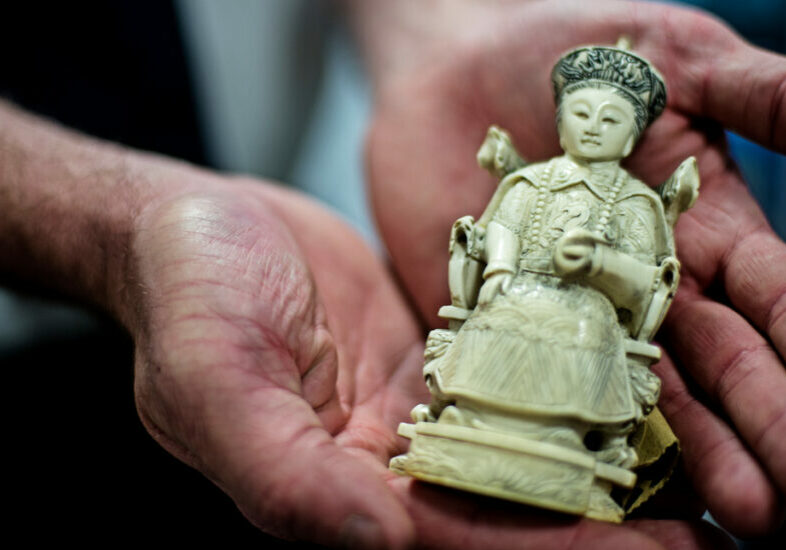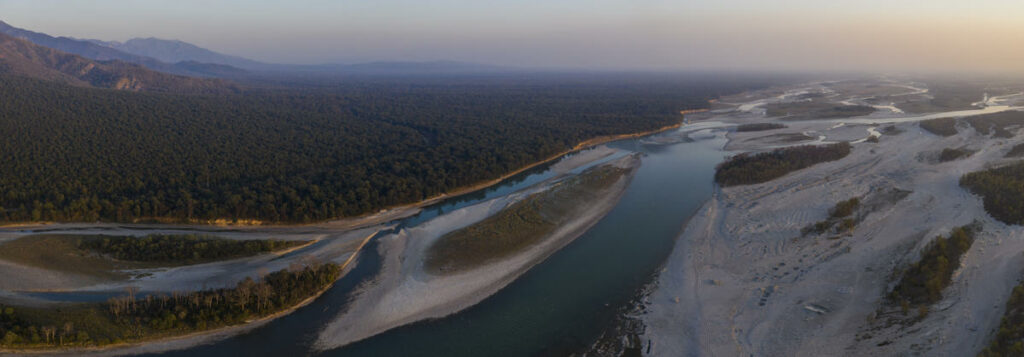
Khata corridor is an important 13km-long stretch of forest between Bardia National Park in Nepal and Katerniaghat Wildlife Sanctuary in India. Once barren and heavily degraded, the forest has been restored with the help of the communities who live here. Today, the corridor allows wild tigers and other animals, such as greater one-horned rhinos, to disperse safely to feed and find mates in other populations across the transboundary protected area. It’s already making a huge difference.
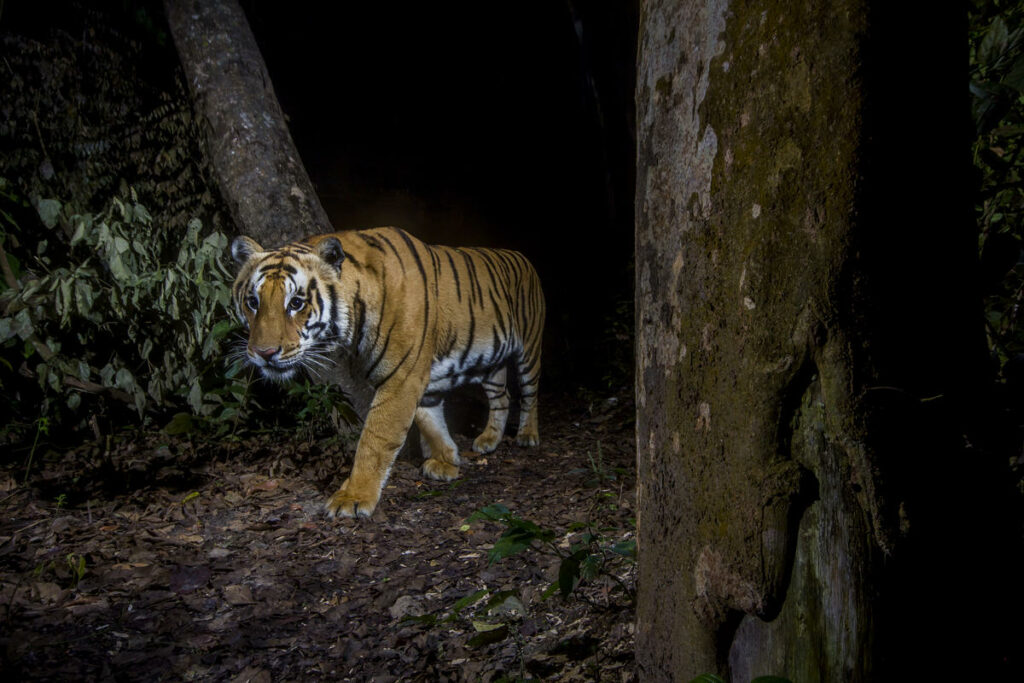
The corridor has played an instrumental role in helping to increase the wild tiger population. Nepal’s latest national tiger survey, which you supported, recorded four tigers living exclusively in the corridor, while another nine had territories that ranged between the corridor and Bardia. And there’s more. The number of tigers estimated to be living in Bardia increased from just 18 in 2009 to 87 in 2018.
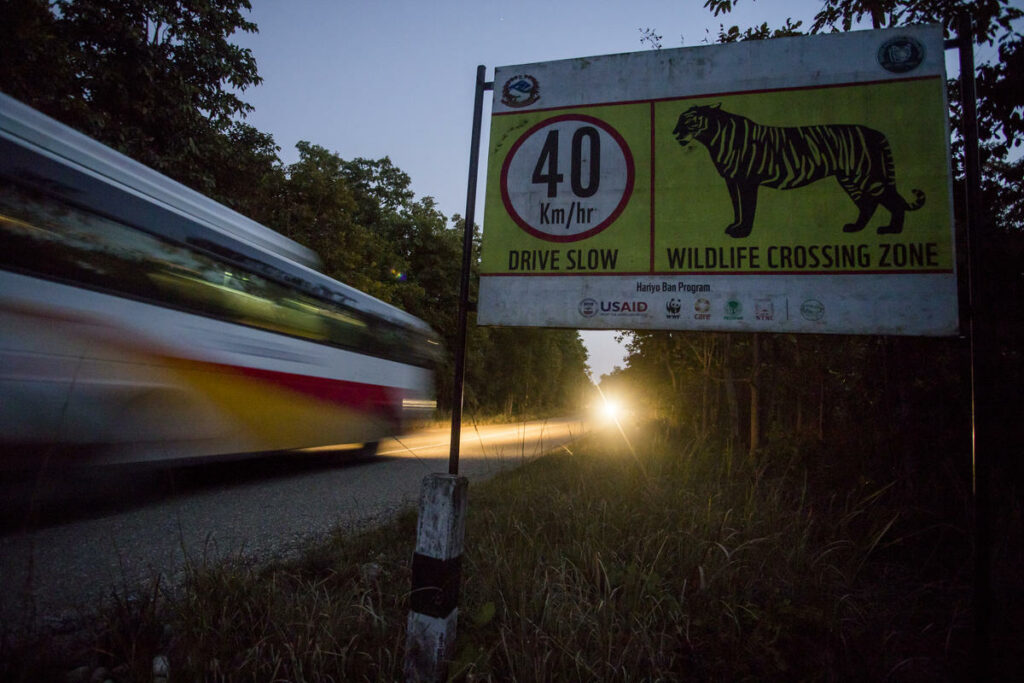
Around 30,000 people share the tigers’ home, and many live in poverty, relying on the natural resources around them for everyday essentials such as food, fresh water and wood for fuel. Understandably, living so closely together can be a challenge for people and tigers, but it can also be an opportunity. With your help, we can make a big difference to both.
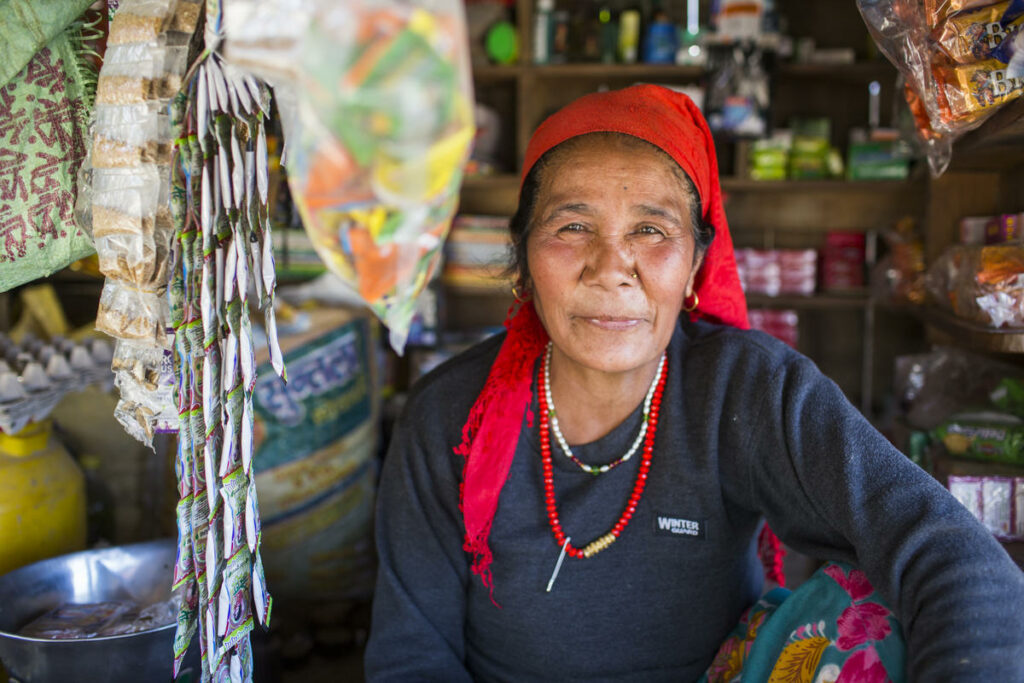
As tiger populations recover, they’re coming into closer contact with local people and this can lead to human casualties and the loss of livestock. The death of a single cow – the sole source of household income in many rural areas – can have devastating economic impacts on a family. So we’re working closely with communities in India and Nepal to map areas where conflict is most intense, and direct support to areas where it’s most needed.
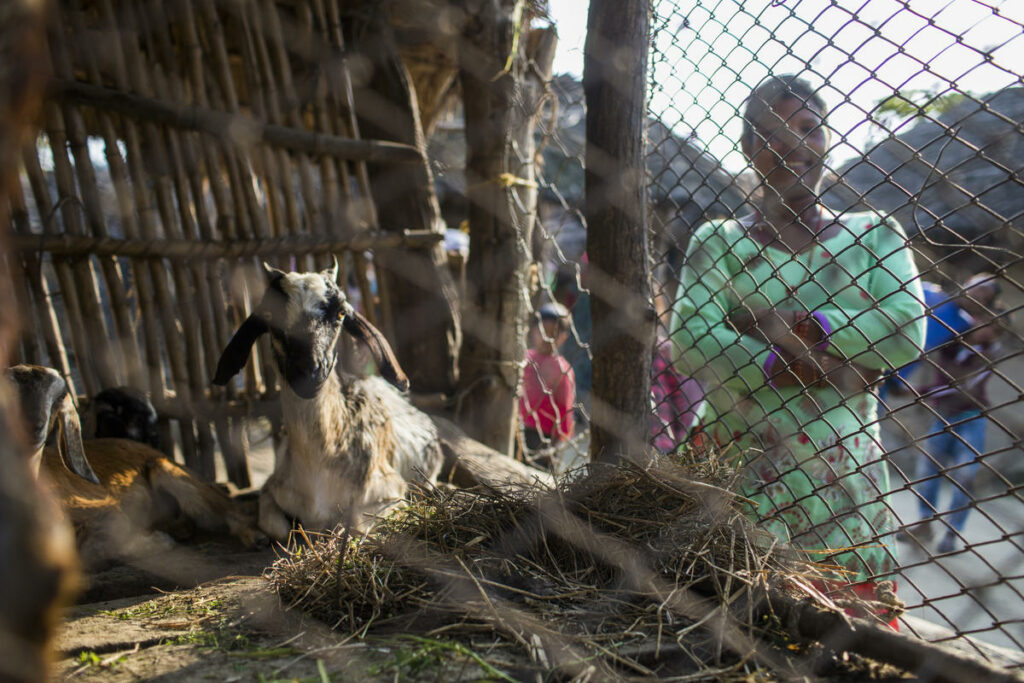
We’ve provided predator-proof pens and electric fencing to protect livestock such as goats, and provided training to help community-led anti-poaching groups remove snares and set up and check camera traps. We also support rapid response teams to deal with incidents, and provide financial support as an interim relief to victims. This helps to prevent the situation from escalating and reduces retaliatory killing of tigers.
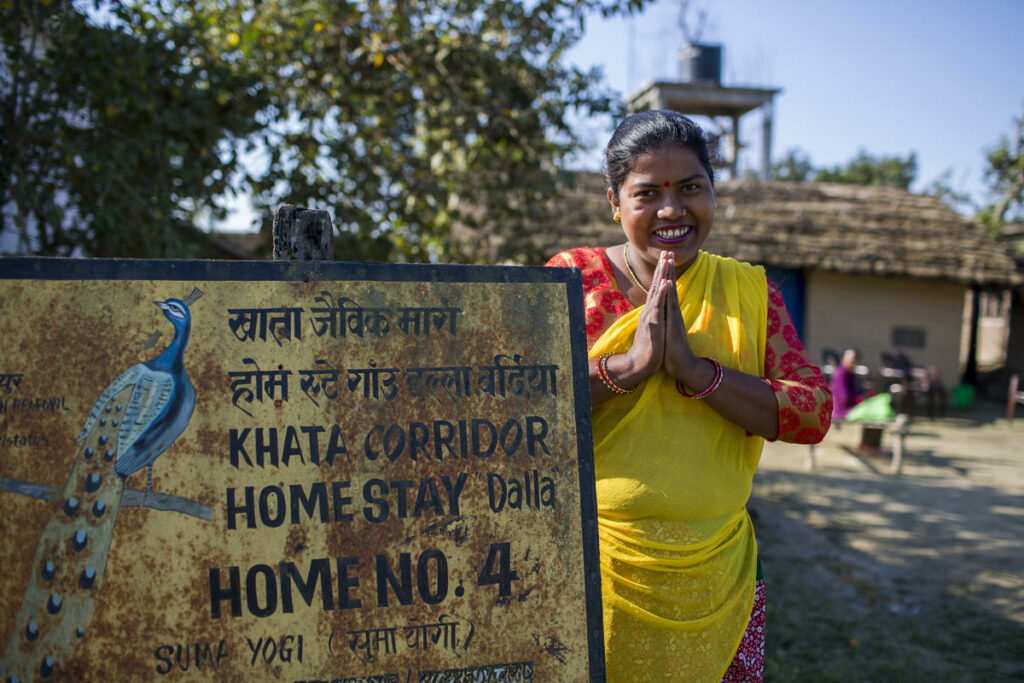
We’re supporting the local community to live with tigers and experience the benefits of conservation efforts. We help community groups to manage and restore habitats including forests, grasslands and waterholes. And we support ventures such as homestays, a form of ecotourism in which visitors stay in family homes and gain first-hand experience of local culture and the incredible wildlife around them, including tigers.
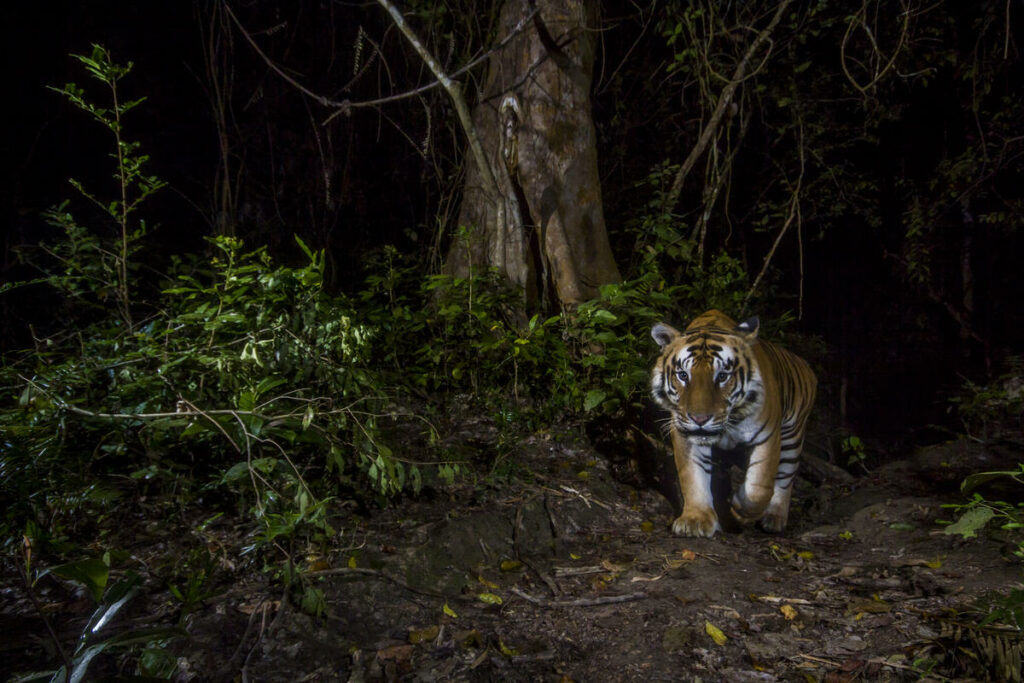
Thanks to you, we’re helping to keep fragile tiger habitats connected by working with local people to monitor, manage and restore these areas, to tackle threats such as poaching and keep the local area safe, and to support communities to benefit from their amazing wildlife.
ALL IMAGES © EMMANUEL RONDEAU
How you can help
If you’d like to do more to help protect vital wildlife corridors and give tigers room to roam, please adopt a tiger today
More to explore
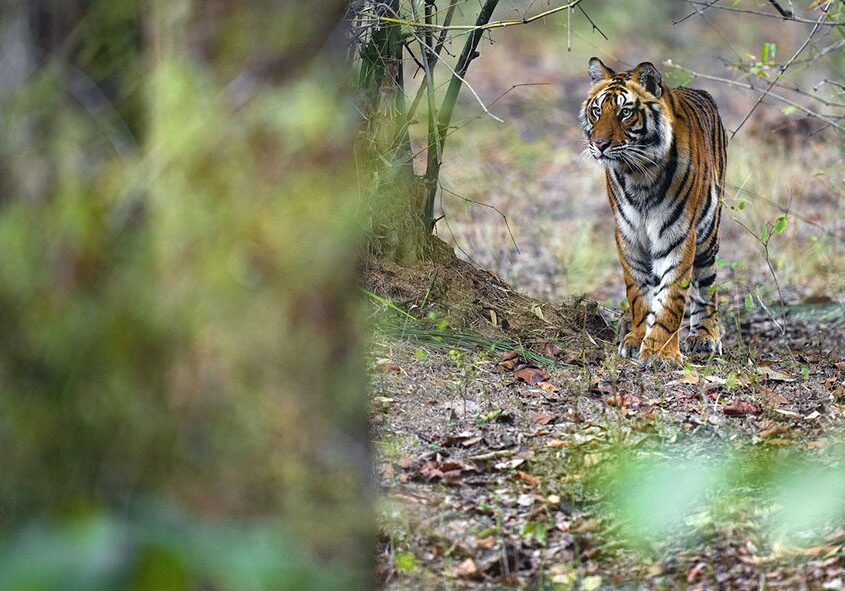
Are tigers coming back from the brink?
For decades, we’ve worked tirelessly to secure a future for wild tigers. Now, as we approach a key milestone in tiger conservation, we need your help again
